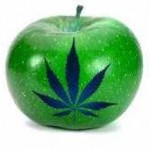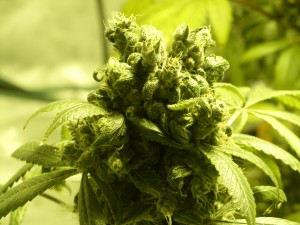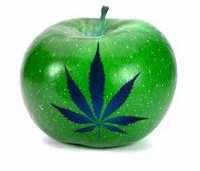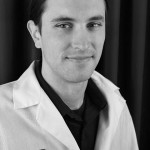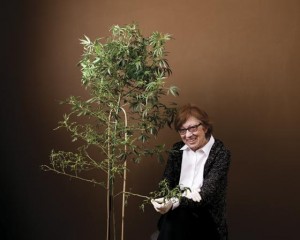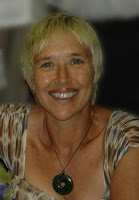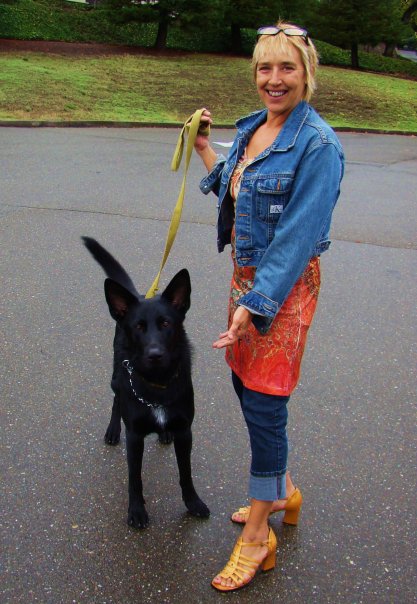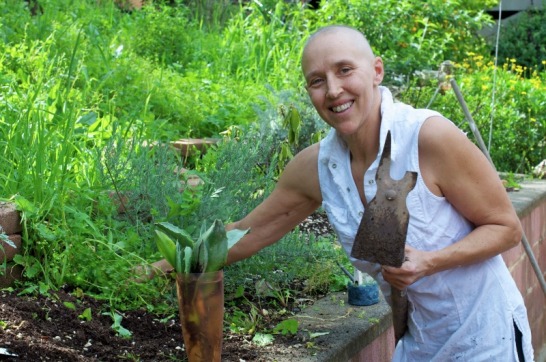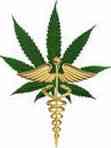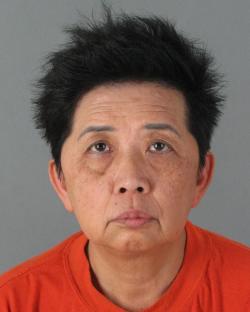5/11/2011 – The number should be zero, but marijuana possession arrests in New York City have soared to over 50,000 per year. That’s almost as many pot arrests that are seen annually in New Jersey and Pennsylvania combined. A new bill has been introduced in Albany that is looking to solve this $75 million dollar problem.
SB 5187 would seek to make the Big Apple follow a 1977 New York state law that removed the criminal penalties for the possession of small amounts of marijuana by adults. The bill makes for compelling reading as it succinctly and unequivocally reinforces cannabis decriminalization.
PURPOSE:
To standardize criminal penalties for unlawful possession of marihuana.
SUMMARY OF SPECIFIC PROVISIONS: This bill amends sections 221.05 and 221.10 of the penal law to standardize penalties for unlawful possession of marihuana.
JUSTIFICATION:
In 1977, the Legislature made possession of small amounts of marihuana a violation punishable by a fine, while possession in public view was made a misdemeanor. The intent behind the law was clear.
Chapter 360 of the Laws of 1977 reads: “The legislature finds that arrests, criminal prosecutions and criminal penalties are inappropriate for people who possess small quantities of marihuana for personal use. Every year, this process needlessly scars thousands of lives and waste millions of dollars in law enforcement resources, while detracting from the prosecution of serious crime.”
According to data from the Division of Criminal Justice Services, in 2010, a total of 54,813 people were arrested for this offense in New York – and fully 50,383 of these arrests took place in New York City. One out of every seven arrests in New York City is for marijuana possession, comprising 15 percent of all arrests in that city.
From 1977 -1994, few people were arrested for 221.10. But from 1997 to 2010, the New York City Police Department arrested and jailed more than 525,000 people for this offense. Those arrested were charged with the lowest level criminal offense – a misdemeanor- and nearly every person was handcuffed, placed in the back of a police car or van, and taken to the local police station, where they were photographed, fingerprinted, and then held, often for 24 hours or longer, in one of city’s jails.
The bill goes on-
Many of these arrests are the result a stop-and-frisk encounter and contribute to stark racial disparities in the criminal justice system. In 2009, for example, the NYPD stopped 574,304 individuals. Of those who were the subject of a police stop that year, nearly ninety percent were people of color; and nine of every ten persons stopped were released without any further legal action taken against them. Of the 50,383 people arrested in New York City for marijuana possession in public view, nearly eighty six percent were black and Latino, and nearly seventy percent were between the ages of 16 – 29 even though U.S. Government surveys of high school seniors show that whites use marijuana at higher rates than blacks and Latinos.
These arrests are extremely costly. According to research by Queens College professor Dr. Harry Levine, the cost of each arrest is between $1,000 and 52,000 – thus New York City spent between $50 – $100 million on marijuana possession arrests in 2010 alone. read full bill
New York is also considering a medical marijuana bill, SB 2774.
Comic Rob Cantrell was one of those busted for a small amount of pot in NYC; his story below:
Follow NY marijuana activism: http://www.facebook.com/NYcannalliance
Read more at Freedomisgreen.com
- ACLU Calls on US Attorney General For Cannabis Clarification
- Listen up: WNYC on the racial disparity of pot arrests
Questions? [email protected]
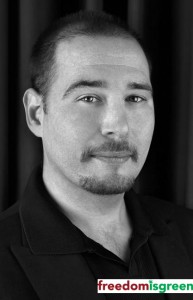 Chris Goldstein is a respected marijuana reform advocate. As a writer and radio broadcaster he has been covering cannabis news for over a decade. He volunteers with local groups to change prohibition laws including PhillyNORML and The Coalition for Medical Marijuana New Jersey.
Chris Goldstein is a respected marijuana reform advocate. As a writer and radio broadcaster he has been covering cannabis news for over a decade. He volunteers with local groups to change prohibition laws including PhillyNORML and The Coalition for Medical Marijuana New Jersey.
